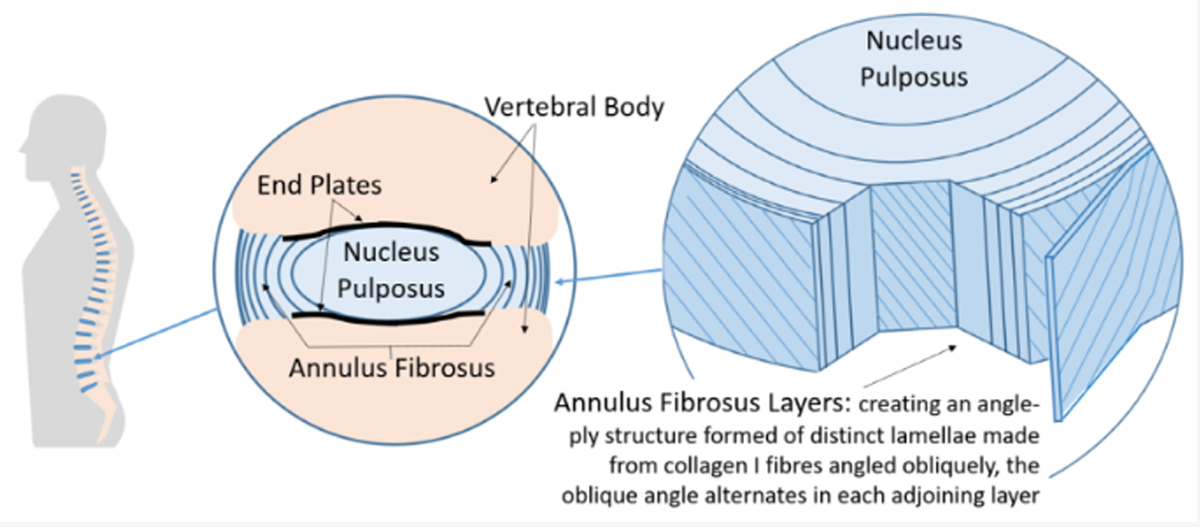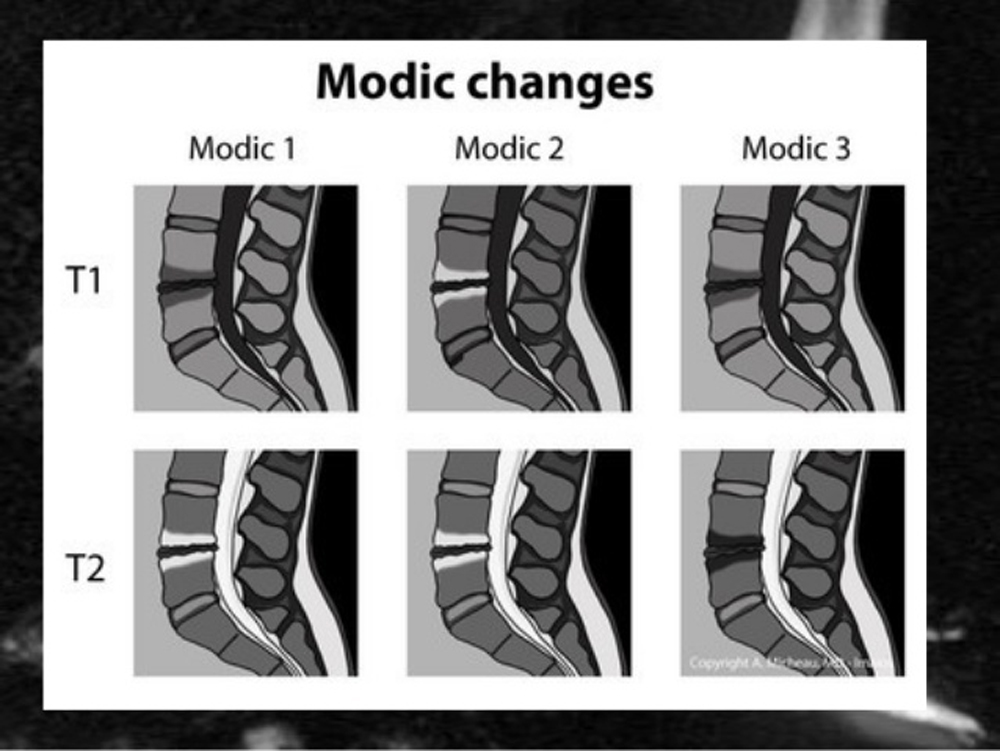Chiropractic Care and Risk for Acute Lumbar Disc Herniation: A Population-based Self-controlled Case Series
SOURCE: European Spine Journal 2017 (Oct 17) [Epub]
Cesar A. Hincapie, A. Tomlinson, Pierre Cote,
Raja Rampersaud, Alejandro R. Jadad, J. David Cassidy
Injury Prevention Research Office,
Division of Neurosurgery,
Li Ka Shing Knowledge Institute
St. Michael’s Hospital
Toronto, Canada
Purpose Chiropractic care is popular for low back pain, but may increase the risk for acute lumbar disc herniation (LDH). Low back pain is a common early (prodromal) symptom of LDH and commonly precedes LDH diagnosis. Our objective was to investigate the association between chiropractic care and acute LDH with early surgical intervention, and contrast this with the association between primary care physician (PCP) care and acute LDH with early surgery.
Methods Using a self-controlled case series design and population-based healthcare databases in Ontario, Canada, we investigated all adults with acute LDH requiring emergency department (ED) visit and early surgical intervention from April 1994 to December 2004. The relative incidence of acute LDH with early surgery in exposed periods after chiropractic visits relative to unexposed periods was estimated within individuals, and compared with the relative incidence of acute LDH with early surgery following PCP visits.
Results 195 cases of acute LDH with early surgery (within 8 weeks) were identified in a population of more than 100 million person-years. Strong positive associations were found between acute LDH and both chiropractic and PCP visits. The risk for acute LDH with early surgery associated with chiropractic visits was no higher than the risk associated with PCP visits.
There are more articles like this @ our:
Low Back Pain and Chiropractic Page
and the:
Conclusions Both chiropractic and primary medical care were associated with an increased risk for acute lumbar disc herniation (LDH) requiring emergency department (ED) visit and early surgery. Our analysis suggests that patients with prodromal back pain from a developing disc herniation likely seek healthcare from both chiropractors and PCPs before full clinical expression of acute LDH. We found no evidence of excess risk for acute LDH with early surgery associated with chiropractic compared with primary medical care.
Keywords Chiropractic Intervertebral disc displacement Risk Low back pain Primary health care Epidemiologic methods
From the FULL TEXT Article:
Introduction
Low back pain — the leading cause of global disability [1] — is recognized as an important public health concern, because it is associated with considerable burden to individuals, industry, and society. [2–5] It affects about 70% of all people in their lifetime, and between 15 and 30% on any given day, with varying types of clinical presentations. [6–8] Symptomatic lumbar disc herniation (LDH) can be one of the most recognizable presentations of low back pain. The diagnosis is typically based on a combination of symptoms and signs suggesting lumbar spinal nerve root compression or irritation including: lumbosacral radiculopathy (i.e., radicular leg pain or “sciatica”), nerve root tension signs, neurologic deficits (i.e., muscle weakness and reflex changes), and advanced imaging (i.e., MRI or CT) findings that correlate with the clinical syndrome. [9–11] However, many patients present with a less clear clinical picture involving low back pain in the early (prodromal) phase that then progresses to radicular leg pain with or without neurologic signs. [12, 13] In addition, diagnostic imaging may only be indicated in the prodromal phase if there is suspicion of serious underlying pathology (e.g., infection or malignancy). [14] These factors contribute in making diagnosis during the early course of symptomatic LDH especially difficult.
In North America, back pain is managed primarily by physicians, chiropractors, and physical therapists. [15] Approximately 12% of American and Canadian adults seek chiropractic care annually, and about 95% of chiropractic visits involve spinal manipulation treatment. [16–19] Several systematic reviews suggest that chiropractic spinal manipulation can benefit low back pain, but the summarized studies are of varying quality and too small to evaluate the risk for rare serious adverse events. [20–25] In addition, there is evidence from randomized clinical trials showing benefit of spinal manipulation for the management of LDH with radiculopathy [26–28], yet little is known about the safety of this treatment. To date, no valid epidemiologic assessment of the risk for acute disc herniation following chiropractic treatment is available in the scientific literature. [29, 30] The current literature presents case reports and small case series linking lumbar spine manipulation to disc herniation and cauda equina syndrome. [31] However, case reports offer the lowest level of scientific evidence with regard to the determination of risk and cannot be used to make valid inferences about the lack of safety of a treatment. They have, however, raised a hypothesis of potential harm.
Read the rest of this Full Text article now!






Leave A Comment